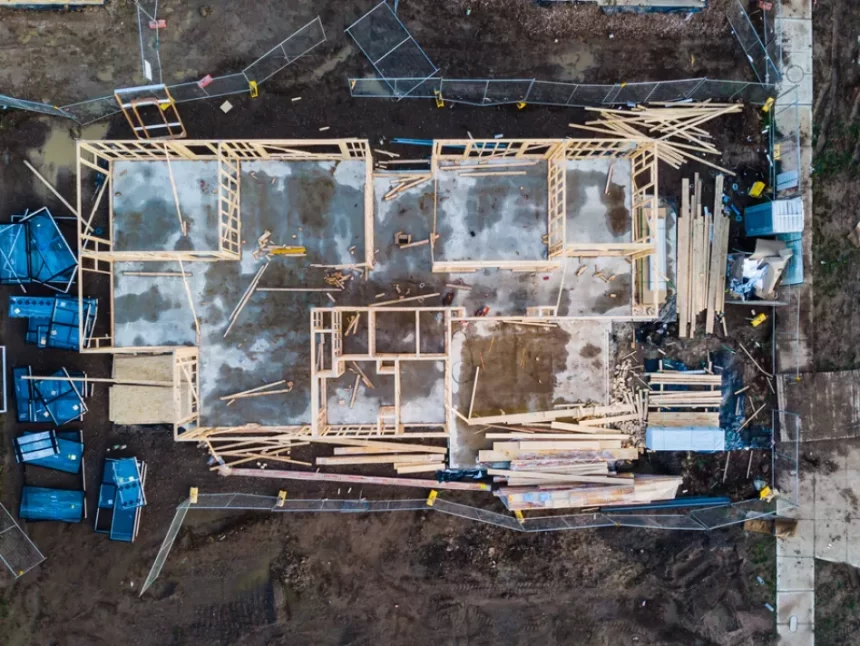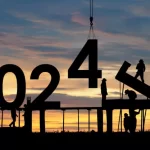Economists predict even more pain ahead in the new year for the housing sector as building approvals hit a new decade low.
As of November last year, just 166,127 new dwellings were approved for construction, according to new adjusted figures released by the Australian Bureau of Statistics on Tuesday.
Approval numbers like these haven’t been seen since June 2013, when only 165,327 new dwellings were approved following an eerily familiar slew of construction companies collapsing the previous year.
According to Master Builders Australia chief economist Shane Garrett, the industry will still feel the effects of economic challenges and poor policies for years to come.
“Labour market shortages, lack of shovel-ready development, planning delays and interest rate rises continue to be the biggest impediments to home building,” Mr Garrett said in a statement provided to Build-it.
“Master Builders has forecast that 2023-24 will see around 170,100 new homes built, well below the 240,000 needed per year to meet the 1.2 million housing accord targets.
“Today’s figures mean that just 945,554 new homes have been approved across Australia over the past five years.”
Housing Industry Association (HIA) Chief Economist Tim Reardon said that this month’s figures see approvals in the three months to November lower by 8 per cent compared to the same time in the previous year.
“The low volume of building approvals throughout 2023 will see the volume of homes commencing construction continue to slow this year,” said Mr Reardon.
“Other leading indicators of activity in the housing market, such as new home sales and housing finance data, are also consistent with their confirmation of this projected slowdown.
According to Mr Reardon, the continued rise in the cash rate is the “primary cause” of this slowdown in approvals.
“A continued fall in the number of new homes approved indicates a slow start to the Australian government’s ambition to build 1.2 million new homes in five years starting mid-2024,” he added.
Something needs to change
It’s clear these bleak figures are a flow-on effect from the terrible economic conditions that claimed the lives of some of the biggest companies in home building last year.
Names like Porter Davis, Condev Construction, ProBuild and Pivotal Homes were among the long list of casualties hit hard by soaring material and labour costs, with many leaving creditors and home buyers forking out thousands to salvage incomplete jobs.
It’s clear something needs to change, and Master Builders Australia Deputy CEO Shaun Schmitke hopes 2024 is the year the government gets serious about saving the industry.
“With a new parliamentary year ahead of us, we hope at the top of all government action lists is how to reduce the time and cost pressures around home building,” he said in a statement provided to Build-it.
“We know the cost of living crisis is currently being exacerbated by stubborn inflationary impacts in housing.
“Any decision taken by Government needs to consider closely the impact it will have on the cost of doing business.”
Mr Schmitke also said he hopes to see the government walk back its proposed ‘Closing Loopholes’ Bill, which officials say will improve conditions and pay for workers, claiming it directly “works against” the independent contractors and businesses who engage them.
According to Master Builders, the proposed laws mean independent contractors “won’t have the freedom to choose the hours they work, the projects they work on, or negotiate their own fees and conditions”.
Instead, they could be “forced to become an employee or spend unnecessary time and money in front of the Fair Work Commission” to defend their right to own and run their business.
Of Australia’s one million plus contractors, the largest portion (26 per cent) can be found in the construction sector.
“This is why Master Builders remains deeply concerned about the proposed ‘Closing Loopholes’ workplace reforms that impact independent contractors and the businesses who engage them,” said Mr Schmitke.
“If you make it harder to engage independent contractors and casuals, you’re ultimately going to make it more expensive to build.”







